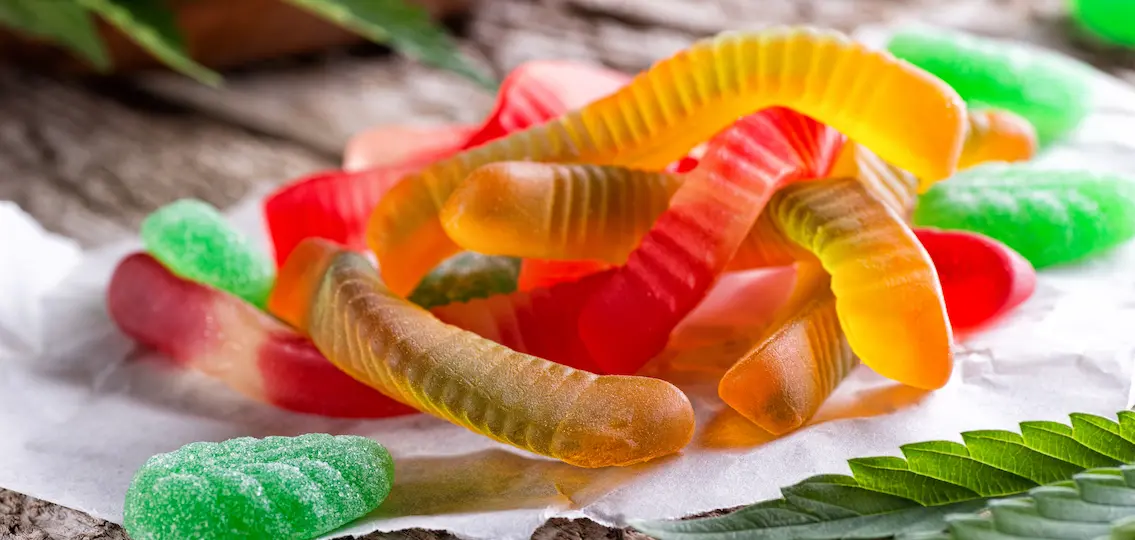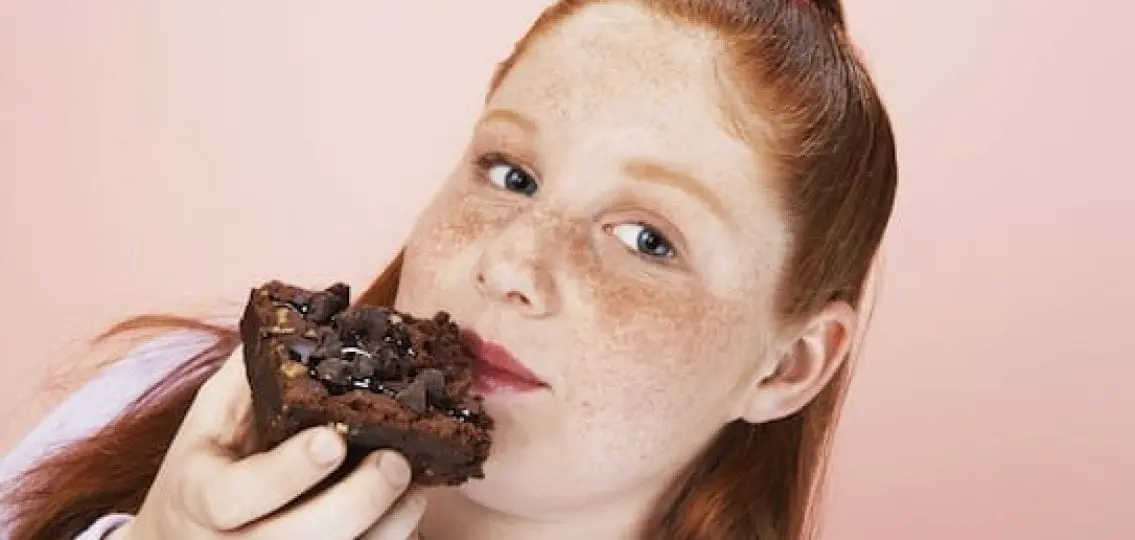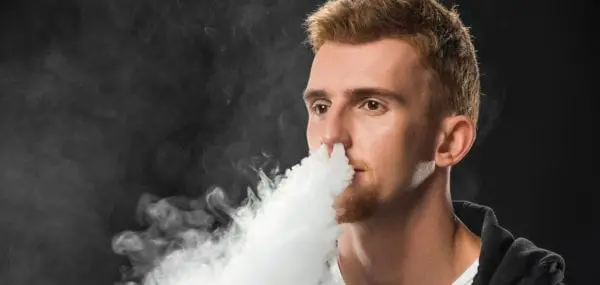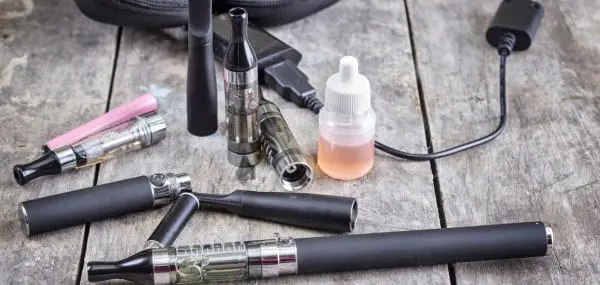Sometimes a cookie is not just a cookie. Now that marijuana is legal for either medical or recreational use in more than half the United States, edibles are more accessible than ever. What should you know about edibles to protect your tweens and teens from accidental exposure? Your Teen spoke with Joelle Jacobson, neurofeedback clinician at the Betty Ford Center in West Los Angeles, California, for guidance.

Q: What are edibles?
Jacobson: Edibles are anything we can eat which a manufacturer has infused with marijuana. They come in many different forms and can often be impossible to distinguish from regular sweets. Edibles can be baked goods—such as brownies or cookies—as well as candy, like chocolate bars, suckers, gummy bears, or chewy candies, along with other snacks like pretzels and nuts. In addition, there can also be marijuana-infused drinks that look like soda or lemonade.
Q: How are kids getting access to edibles?
Jacobson: If you live in a state where marijuana is legal for recreational use, parents may have purchased it legally. If it is not stored in a secure location, curious tweens and teens looking to experiment may find it. Or children may happen upon it accidentally. We know that the average age of experimentation starts at 12. Kids can also buy edibles other ways: from an adult who has a medical marijuana card, from a peer taking it from their own home, from an illegal dealer.
Q: How can kids distinguish an edible from regular baked goods?
Jacobson: Packaging for legal edibles should have the universal marijuana symbol on it. Once the packaging is thrown away, the snack may look like any other snack. If it’s just sitting on the kitchen counter, a child can’t distinguish it from a regular snack.
Q: What are the safety concerns of edibles for kids and adolescents?
Jacobson: There are many concerns. First, the dosage amount of THC (tetrahydrocannabinol) listed on the packaging of an edible is the recommended adult serving. An adult serving may be a bite of a cookie or a square of chocolate bar. A child, however, might not think anything of eating two whole cookies or a handful of gummy bears in one sitting. One gummy bear has the same THC level as one marijuana joint. If a child eats more than the recommended serving for an adult, they are at serious risk. They may end up in the emergency room with serious toxicity. Marijuana toxicity symptoms can include dizziness, paranoia, anxiety, hallucinations, difficulty breathing, and panic attacks. There is potential for an acute psychotic episode if there is a genetic predisposition to mental illness.
The other significant concern is the cross-interaction of cannabis with other prescription and over-the-counter medications.
Q: How does ingesting marijuana differ from smoking it?
Jacobson: The biggest difference is the delayed effect. Smoking or vaping has a more immediate effect. In contrast, because the full effect of edibles will depend on your metabolism or when you’ve eaten last, it can take one to four hours to feel it. This is a problem with tweens and teenagers who may be starting to experiment. They may think, “I don’t feel anything” and eat more. It’s also a problem for parents recognizing toxicity in young kids who may have eaten an edible accidentally.
Most of all, that delayed effect can happen hours later when an athlete is going onto the field for a game or when a teen is getting into a car to drive. As a result, the delay creates a dangerous situation not only for the teen, but perhaps for others as well.

Q: How do we prevent our kids from accidental exposure to edibles?
Jacobson: In states where marijuana is legal, there are laws that require products containing marijuana to have clear medical marijuana labeling with serving sizes, a list of warnings, and child-resistant packaging. Parents need to treat edible marijuana products like dangerous prescription drugs. Keep them in their original packaging, in locked containers, hidden, and out of reach of their children.




